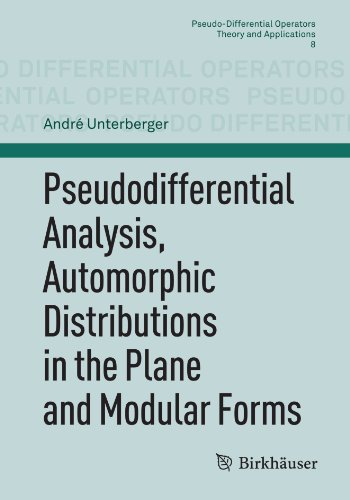

Most ebook files are in PDF format, so you can easily read them using various software such as Foxit Reader or directly on the Google Chrome browser.
Some ebook files are released by publishers in other formats such as .awz, .mobi, .epub, .fb2, etc. You may need to install specific software to read these formats on mobile/PC, such as Calibre.
Please read the tutorial at this link: https://ebookbell.com/faq
We offer FREE conversion to the popular formats you request; however, this may take some time. Therefore, right after payment, please email us, and we will try to provide the service as quickly as possible.
For some exceptional file formats or broken links (if any), please refrain from opening any disputes. Instead, email us first, and we will try to assist within a maximum of 6 hours.
EbookBell Team

4.4
62 reviewsPseudodifferential analysis, introduced in this book in a way adapted to the needs of number theorists, relates automorphic function theory in the hyperbolic half-plane � to automorphic distribution theory in the plane. Spectral-theoretic questions are discussed in one or the other environment: in the latter one, the problem of decomposing automorphic functions in � according to the spectral decomposition of the modular Laplacian gives way to the simpler one of decomposing automorphic distributions in R2 into homogeneous components. The Poincaré summation process, which consists in building automorphic distributions as series of g-transforms, for g Î SL(2;Z), of some initial function, say in S(R2), is analyzed in detail. On � , a large class of new automorphic functions or measures is built in the same way: one of its features lies in an interpretation, as a spectral density, of the restriction of the zeta function to any line within the critical strip.
The book is addressed to a wide audience of advanced graduate students and researchers working in analytic number theory or pseudo-differential analysis.